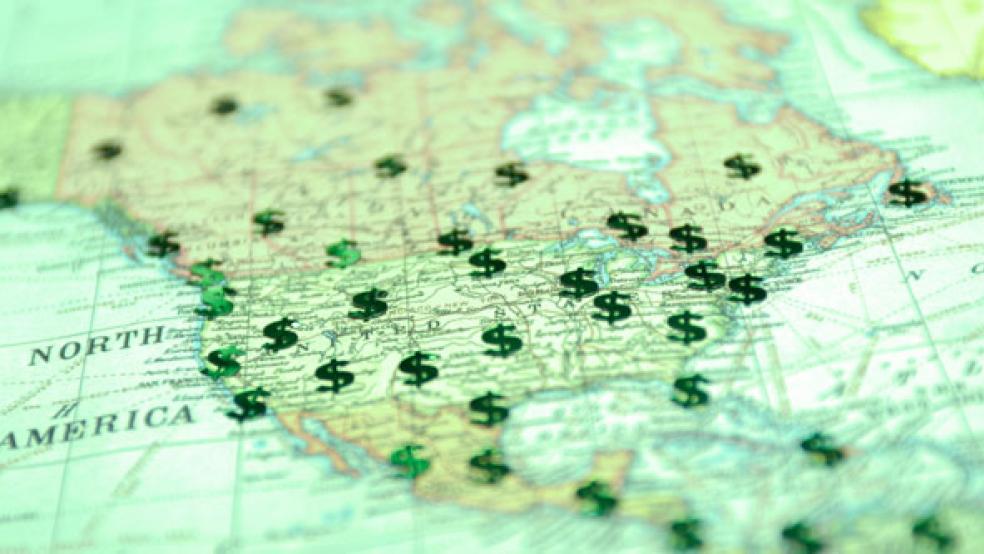The stock market has been under pressure since late July. And while Ukraine, Iraq, Israel, and the Ebola outbreak are all certainly bothering investors, the main point of concern has been this: The approach of the first interest rate hike from the Federal Reserve in eight years.
The divisions with the Fed policy setting committee have been brought into sharp relief in recent weeks.
More hawkish members include Philadelphia Federal Reserve President Charles Plosser, who voted against the promise of low rates for longer in the most recent Fed policy statement, while Dallas Fed President Richard Fisher likened the Fed's policies to giving investors "beer goggles" that make investments look more attractive than they actually are.
Related: The Perfect Storm Rocking World Markets
Among the doves include new vice-chairman Stanley Fischer, formerly of the Bank of Israel, who was out establishing is dovish credentials at a speech in Sweden in which he expressed his belief that weakness in the labor force participation rate was due to poor cyclical conditions and not caused by structural forces like the retirement of baby boomers. In other words, the Fed has more work to do.
And the biggest dove of all, Chairman Janet Yellen, has indicated she is ready and willing to err on the side of more stimulus, lower interest rates, higher inflation, and faster economic growth. A recent Reuters article has her worried about a "nightmare scenario" of hiking rates too soon to see financial markets and the economy take such a hit that the Fed would be forced to cut rates in response.
Clearly, the Fed -- which has become such a lynchpin for both the economy and financial markets given the severity of the downturn we suffered and the lack of any meaningful pro-growth policies out of Washington for years -- faces a monumental balancing act: Gently normalize policy, not waiting too long for inflation to become a problem but not going too fast as to damage a fragile situation.
The clock is ticking. A decision looms.
Related: Fresh Data Shows U.S. Jobs Market Tightening
The Fed's tapered QE3 bond purchase stimulus is set to end in just two months. And on Tuesday, we had more evidence the job market is quickly tightening. The government's June Job Opening and Turnover Survey, or JOLTS, featured an increase in job openings to the highest level since early 2001 and a job openings rate that matches the high reached during the last economic expansion during the housing bubble.
There's more. If one compares the job openings rate to the unemployment rate, it suggests that the unemployment rate should be near 4.5 percent instead of above 6 percent as it is now. Translation: Businesses are having a tough time finding the right workers, setting the stage for a surge of upward wage pressure.
Paul Ashworth at Capital Economics notes that surveys of both businesses and consumers highlight expectations of higher take home pay for American workers in the months to come. They estimate that wage growth will push over a 3 percent annual rate in early 2015 and could reach as high as near 4 percent based on historic relationships between measures of labor market slack and wages.
In order to protect profit margins, businesses will try to pass through higher wage expense to consumers. That'll boost inflation, which is already near the Fed's 2 percent target.
As a result, Ashworth believes the Fed will hike rates next March on the way to an end-of-2015 interest rate estimate of 1.25 percent and 3 percent by the end of 2016.
Anthony Mirhaydari is founder of the Edge and Edge Pro investment advisory newsletters, as well as Mirhaydari Capital Management, a registered investment advisory firm.






